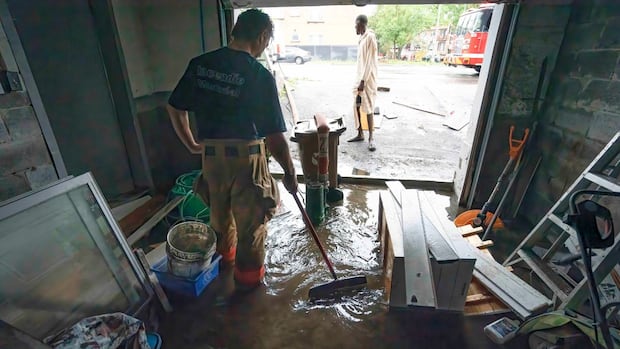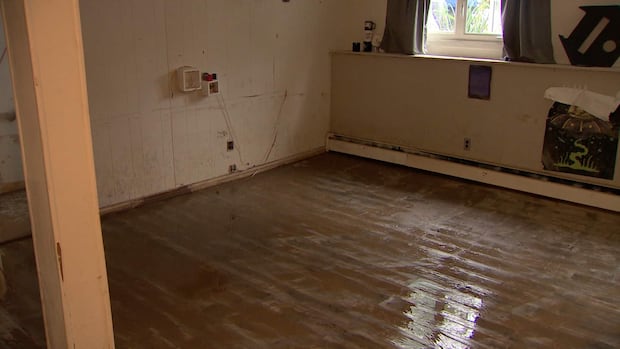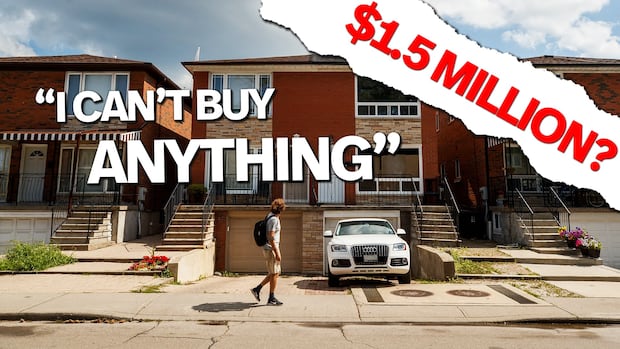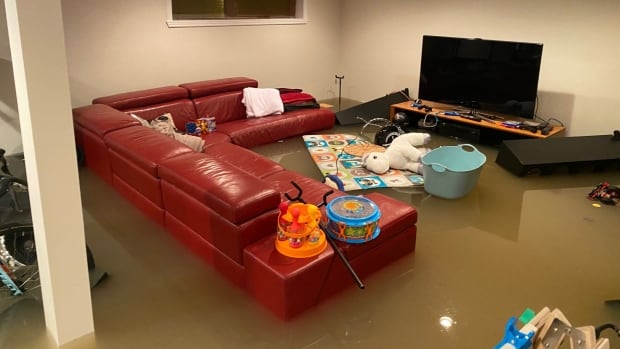
In July, torrential rains flooded basements across Ontario, causing $940 million in insured damages, and weeks later, caused nearly $2.5 billion in insured damages in Quebec, the Insurance Bureau of Canada says.
As climate change boosts the risk of extreme rainfall and flooding in many parts of Canada, including southern Ontario and southern Quebec, some Montreal-area politicians have implemented or proposed bans on basements — the most flood-prone part of a house — in vulnerable parts of the city.
Research also shows that all the concrete that goes into building basements adds greenhouse gases to the atmosphere and helps speed up climate change. Is it time to stop building them?
The rise of basement bans
In June, the Montreal borough of Ville-Marie passed regulations banning homeowners from turning basements into habitable spaces in neighbourhoods at risk of flooding unless they ensure that the building is waterproofed to withstand heavy rains.
Then in August, the remnants of Tropical Storm Debby unleashed massive rains on southern Quebec, flooding huge swaths of the province and causing the costliest weather disaster in Quebec history, surpassing even the 1998 ice storm.
While hundreds of homeowners in Quebec continue the cleanup after record rainfall, they’ll soon have to start looking at how to rebuild. For many, that will mean taking a close look at their basements.
A month later, Maja Vodanovic, mayor of the Montreal borough of Lachine, advocated for banning the new construction of basement apartments in flood-prone areas of Montreal.
“We don’t want to create a problem that we know is going to happen,” Vodanovic told a city council meeting.
Such government regulations aren’t without precedent. Craig Stewart, vice-president of climate change and federal issues for the Insurance Bureau of Canada, said when homeowners along the Ottawa River were flooded a few years ago, the province of Ontario offered them disaster relief funds to rebuild. But the money came with a catch: homeowners had to elevate their homes with stilts or build on higher ground.
“No basement … so that it’s well above the possible flood level,” he said. “We’ve seen examples of municipalities and provinces [that] put these stipulations in place and, obviously, we think it’s a good thing.”
Growing flood risk
Traditionally, most buildings in Canada have been built with basements, a lower floor partially or completely below ground. It’s one way to put a home’s foundation below the frost line, as is recommended to prevent it from freezing, thawing and shifting with the seasons.
But times have changed. Environment Canada says storms that used to happen once in a century at a given location may now happen every 20 years, and those that used to happen every 20 years may now happen every five — and it’s only getting worse.
Meanwhile, urban infrastructure is aging, and wasn’t built for the growing population and warmer, wetter climate we’re experiencing.
As hundreds of homeowners in Nova Scotia wait for remediation crews to come rebuild their basements after the extreme flooding, we wondered why we need basements in the first place.
Bernard Deschamps, who worked in the insurance industry for 35 years, said that means the risk of flooding, especially in basements, is increasing.
“We need to do something about it,” he said.
Deschamps, who retired from insurance and is now doing related research for his PhD at the University of Quebec at Montreal (UQAM), has proposed regulating basements and banning them in some cases. “For new construction, I think, you know, it makes no sense to have a basement in flood zones.”
Are the carbon emissions worth it?
Basements actually have another climate downside besides being prone to flooding — they have a huge carbon footprint, thanks to all the concrete typically used to build them.
Shoshanna Saxe, Canada Research Chair in sustainable infrastructure at the University of Toronto, discovered this fact while trying to understand in detail the carbon emissions generated from the materials in a building, also known as “embodied carbon.”
“Basements popped out at us in the data,” she said. The researchers looked at the “material intensity” of buildings — how many kilograms of material were used to build them — which they used as an estimate of greenhouse gas emissions from construction. Basements accounted for 56 per cent, on average.
And Saxe said for all that, they generally weren’t that functional — they were typically used for storage or for parking (in some cases far more parking spaces than needed).
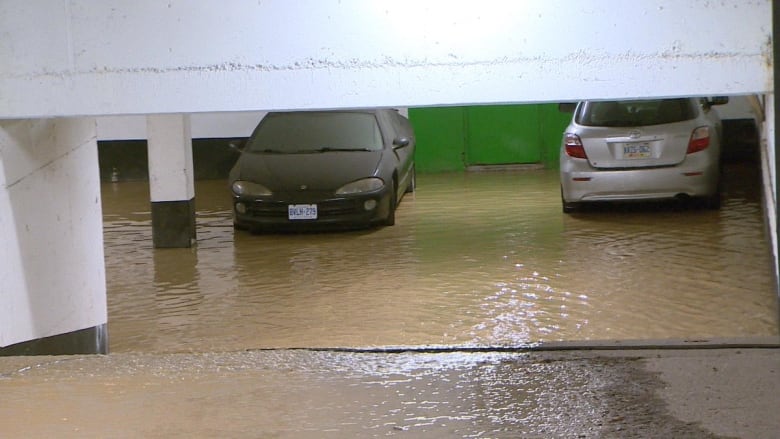
She said the problem has been getting worse. New single-family homes are getting bigger — for example, in Ontario they’re on average 25 per cent bigger than they were in the 1990s, and are more than 50 per cent bigger in some communities. In many cases, so are their basements.
While you might have to bend over or crawl through the basement of an old home, Saxe said some new homes have “a whole playroom and nine-foot ceilings.” Not only does that drastically increase its carbon footprint, but also its risk of flooding, she added, since the space is lower relative to the water level and faces higher water pressure.
Building without basements doesn’t just lower a home’s flood risk and carbon footprint — it also means less costly digging and materials.
“Without basements,” Saxe said, “buildings would be much cheaper and they would be faster to build.”
The federal government has promised to make nearly 3.9 million homes available by 2031. Andrew Chang explains why bringing prices down is so fraught, and how addressing the housing crisis might require a radical shift in how we view home ownership.
But don’t we need basements?
Saxe acknowledged that basements are one way to put a home’s foundation below the frost line. But she said many other options are available, such as pile foundations, where the home sits on underground posts or columns.
Homes are typically built without basements in many parts of the world, including the southern U.S., where frost lines are higher and the soil may be too wet or so shallow that bedrock would have to be excavated. Saxe found that the homes in Australia, which generally have no basement, have a much lower carbon footprint than Canadian homes for that reason.
She acknowledged one reason people build large basements in Canada is because of regulations that limit the heights of buildings. “People would be just as happy to go up as down, but they’re not allowed,” she said. “We could make different rules.”
She added that the City of Toronto has already changed its bylaws for multiplex buildings to incentivize above-ground construction, in part to reduce their climate impact.
Montreal’s Ville-Marie borough removed height restrictions to compensate for the loss of basement space under its new rules banning basements. Local city councillor Robert Beaudry told La Presse the borough was trying to avoid losing scarce housing.
For buildings that already have basements, especially basement apartments, both Deschamps and Saxe advocate for preserving them and taking measures to protect them from flooding.
“They’re not taking more materials to create,” Saxe said, “and they provide a really valuable form of housing.”
